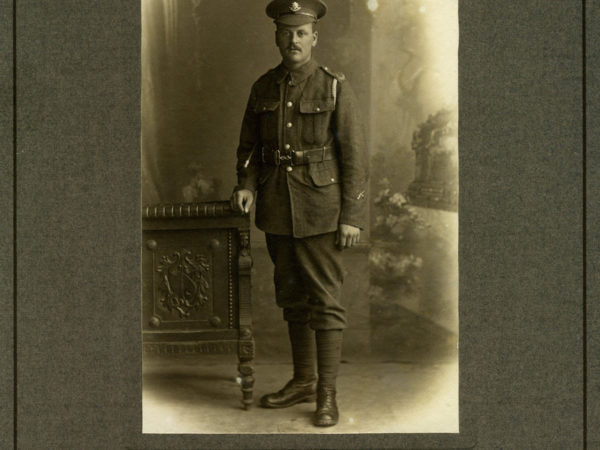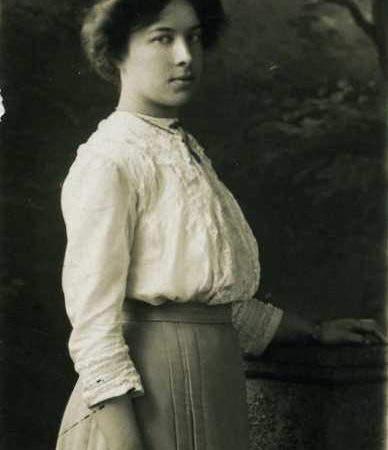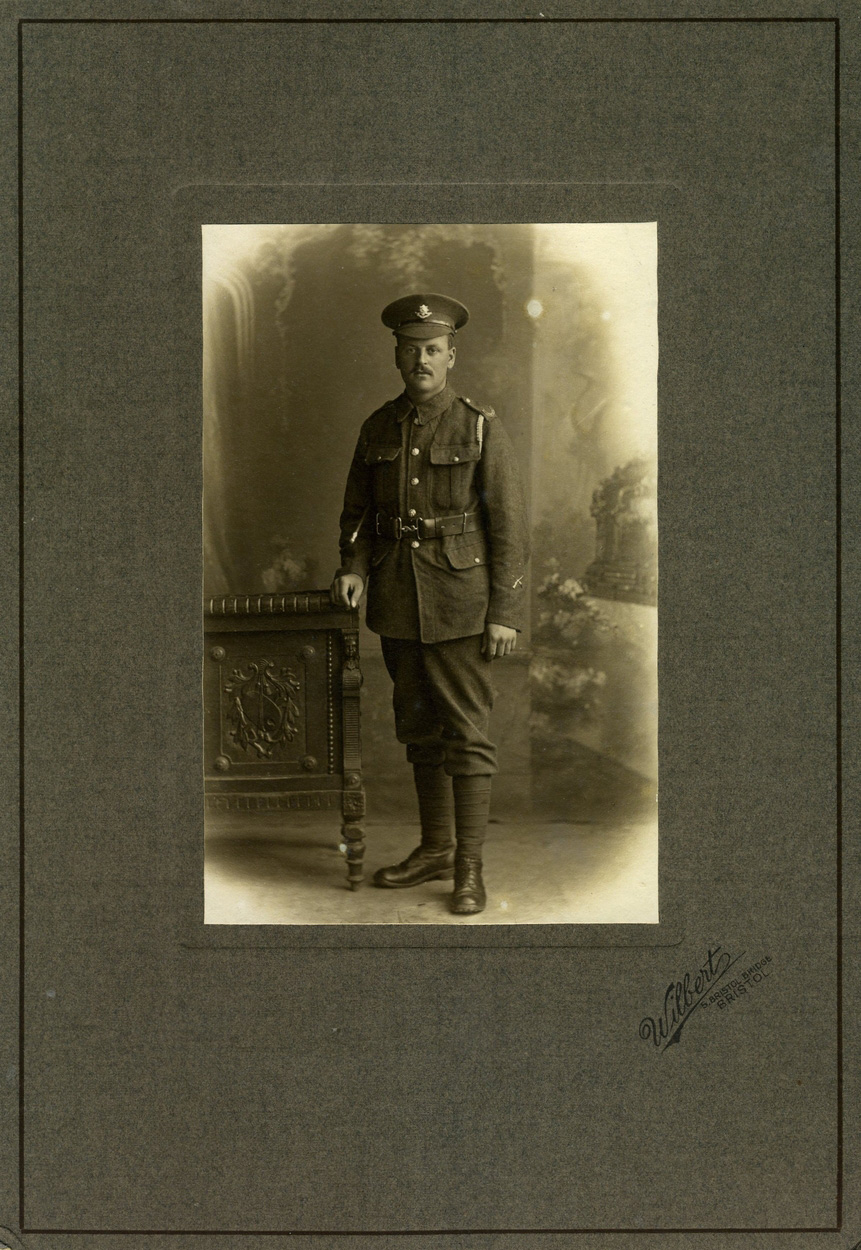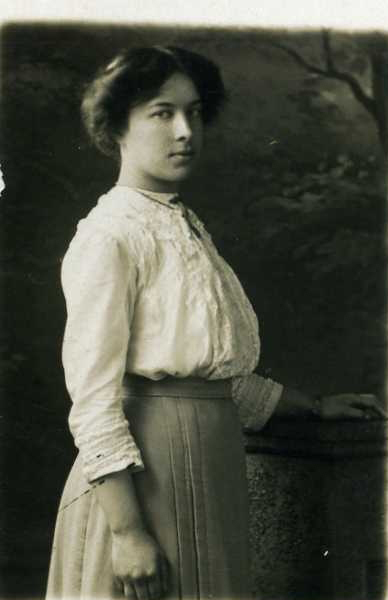Lives changed forever
Bristol was far from the battlefields but the war had an impact on everyone in the City.
Women took on new roles to keep Bristol running smoothly and support the war effort. The motorcycles, munitions and cigarettes made by them in Bristol’s factories were shipped across the globe.
Thousands of people were on the move – soldiers leaving to fight, refugees arriving, and Bristolians displaced to make room for wounded soldiers. Families lived with daily worry about loved ones away fighting and about their future.
“We have… temporarily filled their places as far as possible with efficient female labour”
Changes at home
Women fill men's roles
 Women took on jobs left vacant by men who had joined up. Some were roles which had never been filled by women before. Their wages were often half of those paid to men doing identical jobs.
Women took on jobs left vacant by men who had joined up. Some were roles which had never been filled by women before. Their wages were often half of those paid to men doing identical jobs.
By 1917, 250 women worked as tram conductors in Bristol and 14 drove lorries for the Tramways Company. The company would only employ ‘clippies’ aged between 18 and 25.
Nationally, over 1.5 million women went to work for the first time. Before the war, ‘it was thought to be rather strange if women did paid work, without financial necessity,’ according to Frida Barclay Baron, who grew up in Bristol in the early 1900s.
When the men returned after the war, women were expected to give up their jobs. In 1920 crowds in Bristol damaged tram cars and broke windows, demanding that the women conductors be sacked and replaced by men returning from the war.
“Ventilation arrangements were absent. The result was, that after a few shifts work, the entire personnel became casualties”
War is good for business
Mustard gas and munitions
Over 60 firms in Bristol produced shells and ammunition for the Armed Forces, and 82% of the workforce were women. A large factory at St Phillips Marsh collected and finished the shells. Over the course of the war, over 3 million large shells were made in Bristol, with 45,000 produced per week in 1918.
In 1918, a factory was built at Chittening near Henbury to fill shells with poison gas. The gas was made at a large factory at Avonmouth, and elsewhere in Britain. That October, the factory at Chittening produced nearly 60,000 gas shells, mostly too late for use in the conflict.
Mustard gas was first used by the British against the Germans in September 1918. It caused horrendous injuries, including blindness, burns and damage to the lungs. Making the gas and filling shells was very dangerous for the workers; 1,300 women were injured at the Chittening factory, including 140 on a single morning.
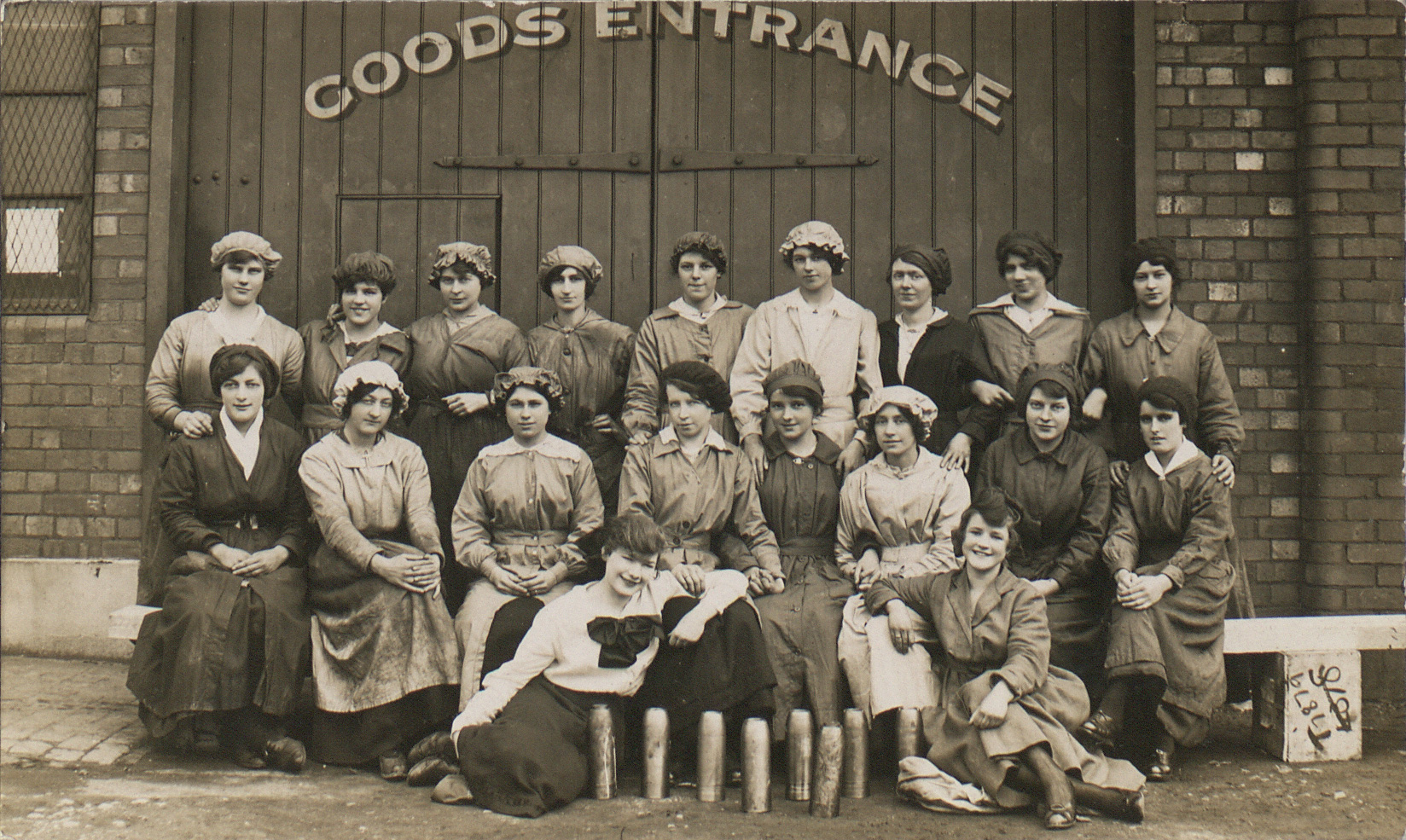
“The lunatics are good workers & one persists in saluting us & always with the wrong hand”
People transposed by war
Patients from the Bristol Lunatic Asylum
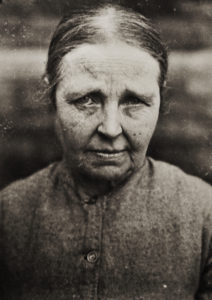
Mary Driscoll, patient transferred from Bristol Lunatic Asylum to the workhouse when it became Beaufort war hospital during the First World War.
Men wounded in battle were transferred to Bristol for treatment and recuperation. The peacetime hospitals did not have enough beds to cope with the wounded soldiers, so 14 temporary war hospitals were established across the city.
In 1915 the Bristol Lunatic Asylum in Fishponds was taken over and became the Beaufort War Hospital. Most of the patients were moved out, although 45 stayed to work in the gardens and the hospital.
About 850 patients, many of whom had lived there for years, were sent to other asylums in the South West. Another 23 were discharged to the Bristol Workhouse, despite their vulnerable state. Most of them were elderly and did not survive for long in the harsh conditions of the workhouse.
May and Edgar
 This dress was worn by May Evelyn Roach at her wedding to Edgar George Whitcombe in 1916. May and Edgar grew up on neighbouring farms in Gloucestershire. There was a blizzard on the day they were married, so no wedding photographs were taken.
This dress was worn by May Evelyn Roach at her wedding to Edgar George Whitcombe in 1916. May and Edgar grew up on neighbouring farms in Gloucestershire. There was a blizzard on the day they were married, so no wedding photographs were taken.
Soon after the wedding, Edgar was sent to fight on the Western Front. He went missing during the Battle of the Somme, and only his wallet was recovered. He was posted missing on 1st of September, and by October all hope was lost.
May wrapped her wedding dress in sheets of the Bristol Times and Mirror newspaper, and stored it in the box in which it had come from the dressmakers. It was still there when she died, aged 91 in 1984. She never remarried.
